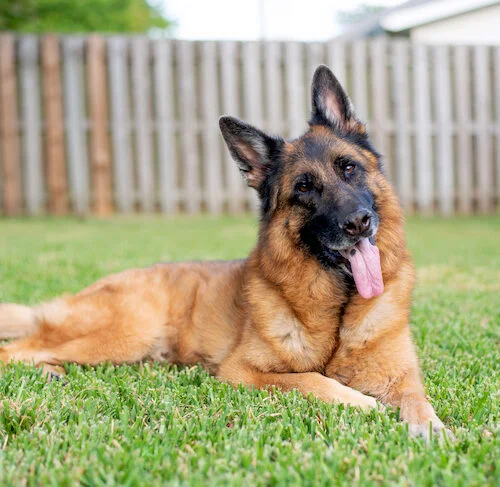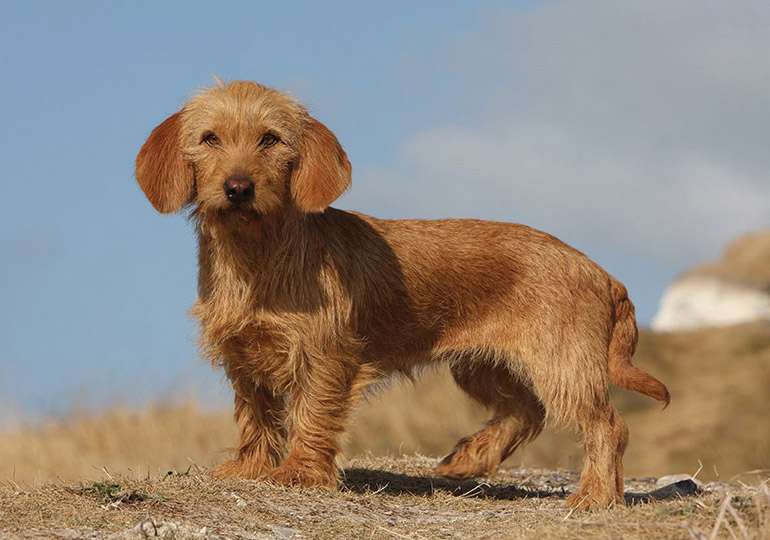
The medium- to large-sized German working dog breed known as the German Shepherd or Alsatian. Max von Stephanitz used a variety of traditional German herding dogs starting in 1899 to create the breed. It was originally bred to herd sheep as a herding dog.
Appearance
The size of German Shepherds ranges from medium to huge. German Shepherds have a length to height ratio of 10 to 8 plus one half. They feature a black nose, a long, square-cut muzzle, and a domed forehead. Brown, medium-sized eyes are present. The ears are big, upright, open at the front, and parallel, yet they frequently pull back when the animal moves. German Shepherds have a compact, dense double coat with a thick undercoat. There are two acceptable lengths for the coat: medium and long. The long-haired version is more uncommon because the gene for long hair is recessive.
Care as a Pet/ In Captivity
Grooming
Brushing the German Shepherd three to four times a week will keep the fur silky and lustrous and will remove any loose, dead hairs. German Shepherds don’t require a lot of maintenance, but they do benefit from routine attention and grooming. Although their double coats don’t require clipping or trimming, if you don’t routinely brush them to remove dead hair and debris, they might develop mats and skin issues.
Exercise
This breed requires a lot of frequent exercise due to its high level of energy. A regular walk is not enough for your German shepherd; they probably need more exercise than you realize. A German shepherd might make a wonderful running partner if you’re a jogger. To avoid anger, boredom, and built-up energy, your dog needs to move, play, and explore. If a dog gets bored, they may start gnawing, digging, and barking.
German shepherd dogs would fare better in a house with a fenced-in yard than in an apartment. Even more crucial, though, is that your dog receives a lot of care and is not left alone for long periods of time.

Diet and Nutrition
The amount of dry dog food required for each of your adult German shepherd’s two meals will vary depending on the size, activity level, age, and other characteristics of the dog. To add more taste and variety to the kibble, you could also wish to add some canned dog food. Given their propensity for bloating and potential stomach torsion, German shepherds shouldn’t be given a single huge meal a day that they are expected to gulp down. Make sure your dog always has access to fresh, clean water.
Due to obesity, your dog’s lifespan will be shortened, so keep an eye on their weight and take quick action if there are any difficulties. To acquire suggestions for feeding times and dog food varieties during the course of your dog’s life, you may also talk to your veterinarian about your dog’s nutritional needs.
Table





